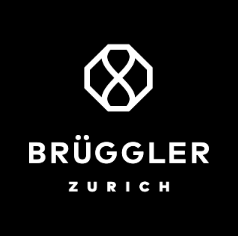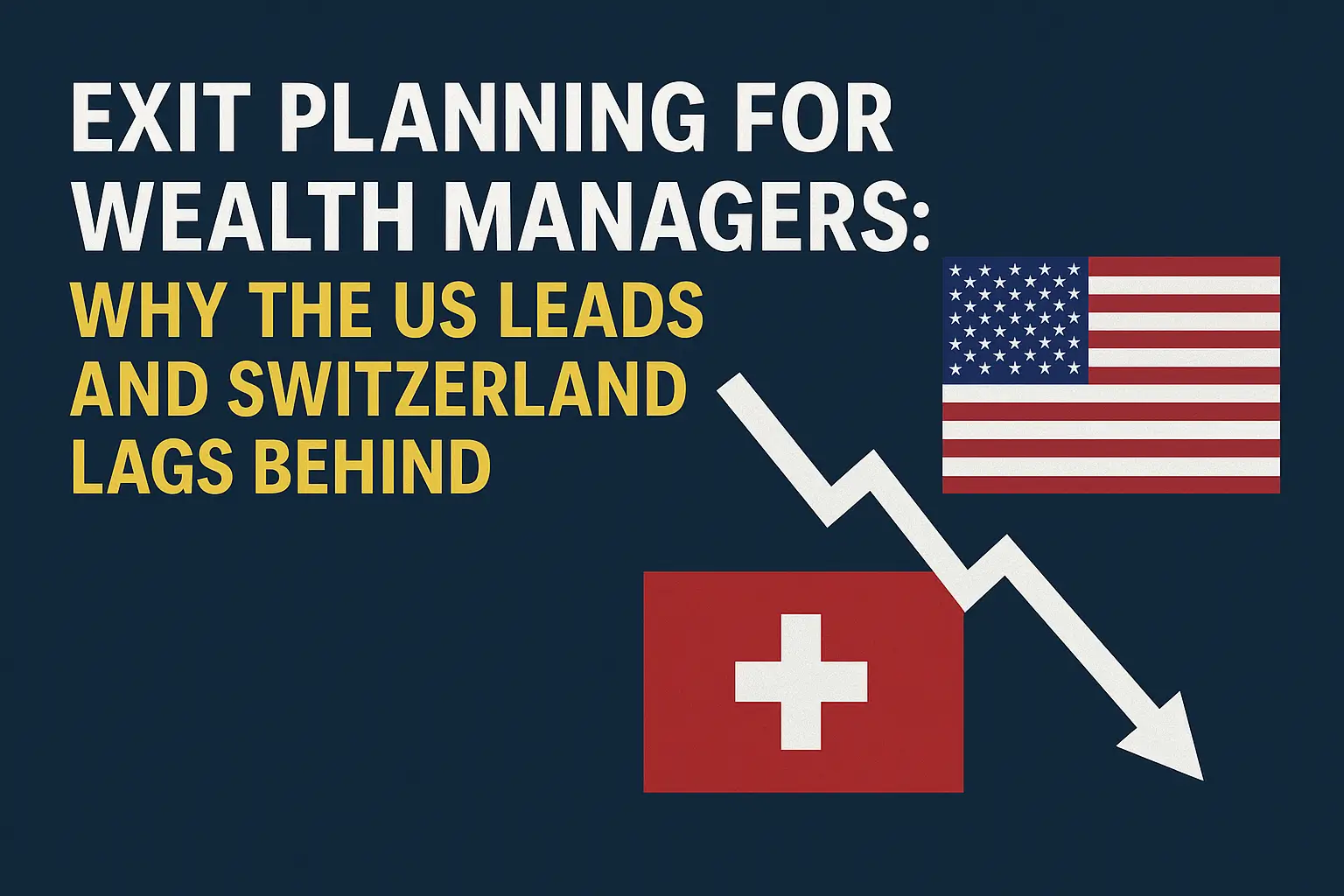Nachfolge is no longer a question of “if” but “how”—especially in wealth management, where ageing founder demographics and consolidating markets collide. Nowhere is this more apparent than in the stark contrast between the United States and Switzerland. While US wealth managers often embrace structured exit paths, valuations, and M&A strategies, Swiss firms frequently remain unprepared or culturally resistant to planning an exit.
Exit Culture: US vs. Switzerland
In der US, exit planning is deeply ingrained in the DNA of the independent RIA market. From day one, many firms are built with the intention of being sold—either to a consolidator, a private equity firm, or an internal successor. Detailed business plans, KPIs, client books, and compliance histories are groomed for valuation.
Switzerland, by contrast, lags. Despite being home to some of the world’s most established wealth managers, many Swiss firms lack structured exit plans. Family ownership, loyalty to employees, and a cultural aversion to ‘selling out’ all contribute to stagnation in succession planning.
The M&A Machine in the United States
According to InvestmentNews, RIA M&A activity reached record highs in 2024, with over 300 deals involving billions of dollars in AUM. Privates Eigenkapital plays a central role, bringing liquidity and scale to a market that small firms have historically dominated.
This creates a virtuous cycle: clear exit options increase firm value, which attracts more entrepreneurs, which in turn fuels industry innovation. It’s a win-win for advisors, investors, and acquirers.
Why Swiss Firms Struggle
1. Lack of Valuation Mindset: Few firms actively track EBITDA or scalable growth metrics.
2. No Buyer Market: Unlike the US, there’s no strong market of acquirers actively seeking EAMs.
3. Client Transfer Risk: Swiss clients are loyal to the individual advisor, not the brand—making succession fragile.
4. Regulatory Fog: Recent FINMA rules have created complexity without providing frameworks for exit facilitation.
Lessons from the US
- Build with the end in mind: Start with exit optionality, even if you don’t plan to sell.
- Invest in documentation: Clean books, CRM data, and defined workflows increase firm value.
- Know your buyer personas: Consolidators, PEs, and internal successors all value different things.
- Standardise your pricing and reporting: Scalability depends on simplicity.
Case Study Comparison
US Firm: 10-year-old RIA with $600M AUM, EBITDA margins of 30%, 3 acquirers lined up in 2023.
Swiss Firm: 25-year-old EAM with CHF 350M AUM, no valuation model, no succession plan, 2 partners nearing retirement.
What Needs to Change in Switzerland
– Encourage M&A platforms and advisors to foster a real buyer market
– Educate firm owners on valuations, KPI tracking, and exit strategy planning
– Promote digital readiness: A buyer will want scalable tech and standardised compliance
– Shift the mindset: Selling is not failure—it’s continuity for clients and staff
Conclusion: Planning is the New Prestige
The US wealth management industry views exit planning as a strategic approach. Switzerland treats it as an afterthought—or worse, as betrayal. However, as founders age and client expectations evolve, the pressure mounts. Exit planning is no longer optional—it’s essential. And those who lead the transition will define the future of the profession.
Weitere Lektüre: Der Aufstieg der unabhängigen Vermögensverwalter | Die Herausforderung für unabhängige Schweizer Vermögensverwalter




